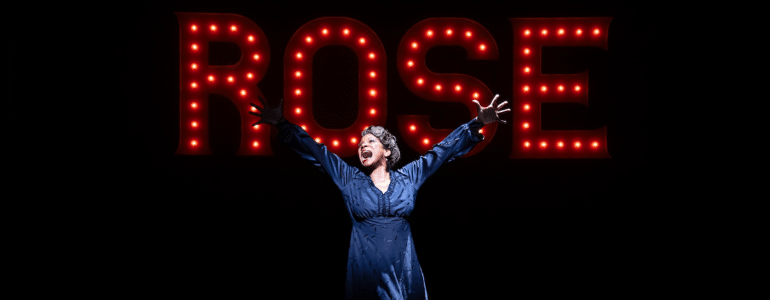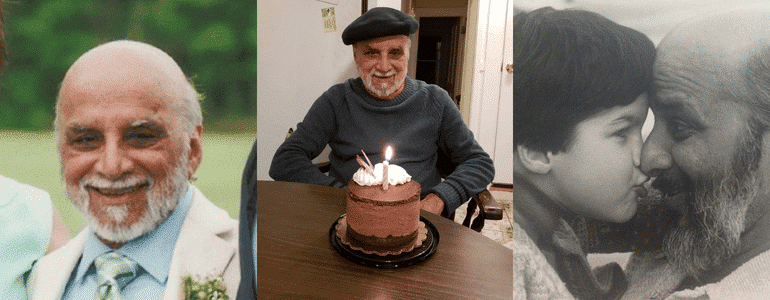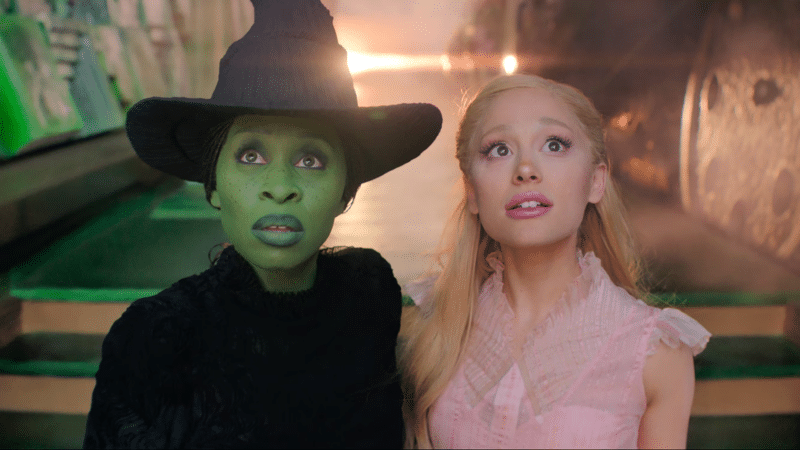People are laughing at how high the ticket prices are at this theater.
A Spanish comedy club has taken the ol’ classic “pay-what-you-can” marketing ploy to the next level, and it has been so successful the club and its patrons have been laughing all the way to the bank.
In response to an increase in theater production taxes from 8% to 21%, the club in question, called Teatreneu (say that again with a Spanish accent for optimum effect), developed a new form of technology that measures how many times you laugh during their show . . . and charges based on how much you enjoy the show.
Yep, it’s pay-per-laugh.
They outfitted the backs of each seat with a camera-equipped iPad aimed right at your face – and software in the iPad recognizes when you laugh . . . and keeps a tally. At the end, you pay .30 Euros for each time you chuckled or belly-laughed (with a max of $30).
Pretty . . . well, hysterical, don’t you think?
Well, get this. According to this article, attendance has spiked 35% and ticket prices $7.50 (a hefty %age for a comedy club).
Now, obviously you have to credit some of this increase from the press they are getting for this fabulously innovative idea (I mean – facial recognition software at a Spanish comedy club? When anyone that works for me says, “We can’t do that,” I’m now going to answer – “If they can have facial recognition software at a Spanish comedy club, then I’m sure we can figure it out.”). But the bottom line can’t be ignored. With ticket prices skyrocketing around the globe, and with more and more options for entertainment being beamed to every device you own, people want a guarantee that their investment of dollars (or euros) and even more importantly, their investment of time, is going to be worth it.
But that’s not what excited me most about this initiative.
After hearing Ellen Isaacs, the Ethongraphist, speak at TEDxBroadway 2013, I became obsessed with observing our audience. And I wondered if there was a way to shoot video during a performance of the audience . . . to find out when they were laughing, yes, and when they were crying, and when they were sleeping. Watching their responses could give the Authors and Producers an EKG of audience enjoyment beat by beat . . . and they could tweak the show accordingly. It was this concept that inspired me to use “dial testing” on my out of town tryouts of Somewhere in Time (which inspired this front page NY Times story).
And now here comes the Spaniards with this technology that could revolutionize audience research.
Can you imagine being able to see how data culled from involuntary audience responses could help you determine what jokes were working? What jokes weren’t working? How an audience was reacting DURING a song when they are not supposed to applaud?
My critics will say, “Oh, Ken, a good Producer can feel audience response. You can hear it.” Yeah, that’s true. I can get a sense of an audience’s energy when I’m standing in a theater. But let me ask you this, if you weren’t feeling well, would you want your doctor just looking at you? No, you’d want them running every test that your insurance company could afford, wouldn’t you? I’m not going to rely on any feeling when millions of dollars of other people’s money is at stake, especially when I’m so close to the material.
So if me wanting to rely on tests and data makes me a bad Producer with any peers, then I’ll wear that badge with pride. But something tells me my investors will be pretty happy about it.
So laugh all you want at initiatives like pay-per-laugh and what could come from technology like this, but it just may end up costing you.
(Got a comment? I love ‘em, so comment below! Email Subscribers, click here then scroll down to say what’s on your mind!)
– – – – –
FUN STUFF:
– Only 7 days until the Breaking Down a Broadway Budget webinar. Click here to register.
– Win two tickets to see Happy Karaoke Fun Time. Click here.
– Like the blog? Like me on Facebook.
Podcasting
Ken created one of the first Broadway podcasts, recording over 250 episodes over 7 years. It features interviews with A-listers in the theater about how they “made it”, including 2 Pulitzer Prize Winners, 7 Academy Award Winners and 76 Tony Award winners. Notable guests include Pasek & Paul, Kenny Leon, Lynn Ahrens and more.













